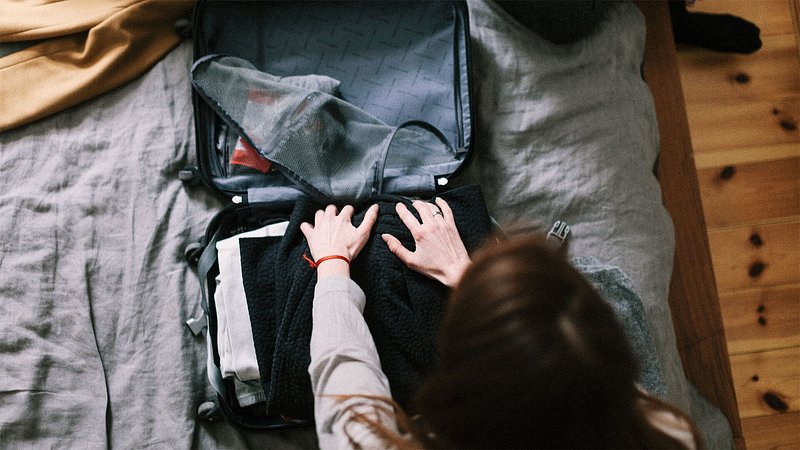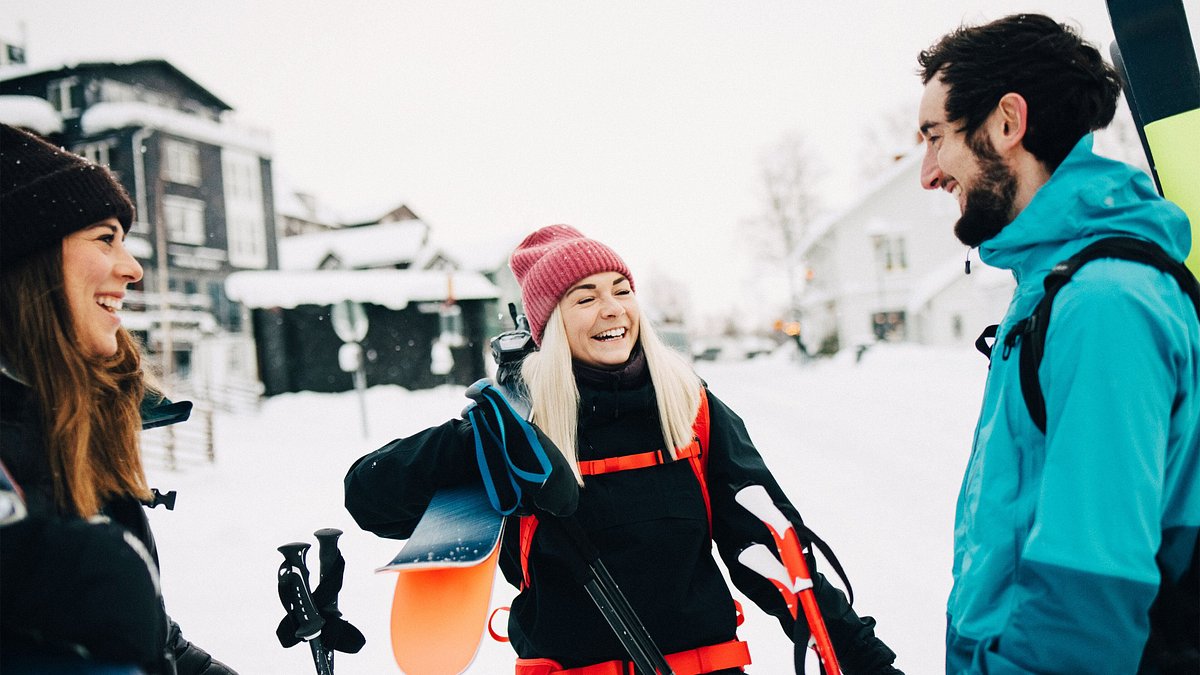Tips for making adventures easier—for everyone.
“Solo travel” was once a term that I feared. As someone with a physical disability, I used to believe that traveling by myself was something I’d never get to experience. I was born with cerebral palsy, a neurological disability that impacts the spasticity and mobility in my legs, so I primarily use a mobility scooter while traveling.
But at age 30, I can happily say that my younger self’s beliefs and fears were completely wrong—I’ve traveled to 10 countries outside of the United States and dozens of states domestically. Not all of the trips I’ve taken have been by myself, but I’ve certainly done a fair amount of solo travel for both pleasure and work. While my experiences are directly tied to traveling with a mobility scooter, there are a few things I’ve learned that have made the planning process—and the trips—go smoothly, no matter your specific needs. Below, I’ve gathered some tips to help you get started.
Don’t let the romance of spontaneity deter you from doing your research
Image: Maskot Bildbyrå/Getty Images
While some may gravitate toward the idea of a spontaneous trip, I’ve found that conducting research prior and planning an itinerary can help drastically reduce the amount of hurdles faced when traveling with a disability.
“When you’re starting to think of possible destinations to visit, look into transportation options first,” said the travel writer Cory Lee of the blog Curb Free with Cory Lee, who travels around the world in a wheelchair. “As a wheelchair user, it’s incredibly important to make sure that the destination has accessible transportation before you start researching anything else. Without accessible transportation, you can’t go anywhere—it’s the most important aspect of traveling.”
Perfect the maps sitch ahead of time
Grouping activities and restaurants by proximity on a map app can maximize your time and reduce the amount of time you spend organizing transportation between areas—often a hassle for wheelchair users.
Catarina Rivera—an experienced deaf and blind traveler, public speaker, and DEI consultant—swears by adding key spots like restaurants, must-see attractions, and her hotel on a map before hitting the road. “The map helps me feel situated more quickly and helps support me in moments of overwhelm,” she said. “It’s easier to pick a restaurant I pre-researched than to pick one on the spot.”
The Internet can be an ally, so tap into it
Houston Vandergriff, a travel photographer who documents his experiences traveling with Down syndrome at Downs and Towns, is a fan of using Pinterest and Instagram as a research tool. “By looking at photos from destinations you can see the layout of sights, get a feel for the environment, and even see what people are wearing,” he said.
Accessible-travel Facebook groups and blogs, meanwhile, where people share their experiences and tips for trips that may mirror yours, are also supremely helpful. While prepping for my first trip to Europe in 2019, I was nervous about my mobility scooter—a lot of the architecture was built ages ago, well before accessibility laws were implemented. Then I stumbled upon Curb Free with Cory Lee, where I read about how well Lee got around in a power wheelchair in a couple of the cities I was planning to visit—and voilà, a huge weight lifted.
Plan for mishaps—and mobility-device repairs

Image: Willie B. Thomas/Getty Images
Obstacles come up in our day-to-day lives, so don’t be surprised if they come up while traveling by yourself too. But, as someone with accessibility needs you likely have a knack for adapting already. Sometimes things happen that change the course of your day. I’ve certainly had my mobility scooter battery die on me while out and about, and for this reason I’ve learned to always keep a backup charger.
“Traveling solo as a wheelchair user means you need to be prepared to handle things on your own if you come across particular challenges or obstacles,” said Sylvia Longmire, the creator of the wheelchair-accessible travel blog Spin The Globe, “I always travel with a portable grabber in case something falls out of reach, or I need to lower the bathroom shower head from a high position.” But it’s important to think past the obvious. “I also travel with items to make quick repairs to my power chair—like duct tape and zip ties—and an extension cord appropriate to the country I’m visiting so I can plug in my power chair and other electronics on my own.”
It’s also important to research essential local resources in advance in case your device needs an unexpected repair that you—or the duct tape and zip ties you expertly packed—can’t handle on your own. And one last universal tip that applies to all travelers, disabled or otherwise: Be sure to pack backup chargers, meds, and other things you absolutely need in your carry-on.
Embrace the joys of traveling alone—with others
I went on an accessible group tour with Wheel The World earlier this year, and it was one of the best experiences I’ve had traveling with my mobility scooter to date. I was always intimidated by the thought of going to Costa Rica, well known for its varying terrains of rainforests, volcanoes, jungles, and beaches. But Wheel The World planned everything for us: accessible accommodations, various activities, and transportation. Our group traveled all over the country—a country that would have otherwise been really difficult to see on my own. But the best part was the people, folks from all over the world with similar interests. You’re a solo traveler on the one hand, but you come away with a bunch of new friends on the other—all while the pros handle the accessibility logistics for you.
Last but not least, fact-check, fact-check, fact-check

Image: beavera/Getty Images
Accessibility information is not always up-to-date online. Whether you’re considering a hotel, a popular restaurant, or a historical attraction, call or email to discuss your specific needs prior to actually showing up. That way, you’ll have a better idea of what to expect; the convo can also go a long way in helping staff prepare any needed accommodations in advance.



